Meteor Explodes Over NYC and NJ, Causes Loud Explosions
On Tuesday morning, parts of New York City and northern New Jersey were startled by a loud boom. This unexpected noise led to numerous reports from Staten Island, Brooklyn, and Queens, as well as New Jersey.
The source? A meteor that had entered the atmosphere and disintegrated above the metropolitan area.
NASA Confirms Meteor Event
NASA confirmed the event, stating that the meteor passed over the Statue of Liberty before breaking up high above midtown Manhattan.
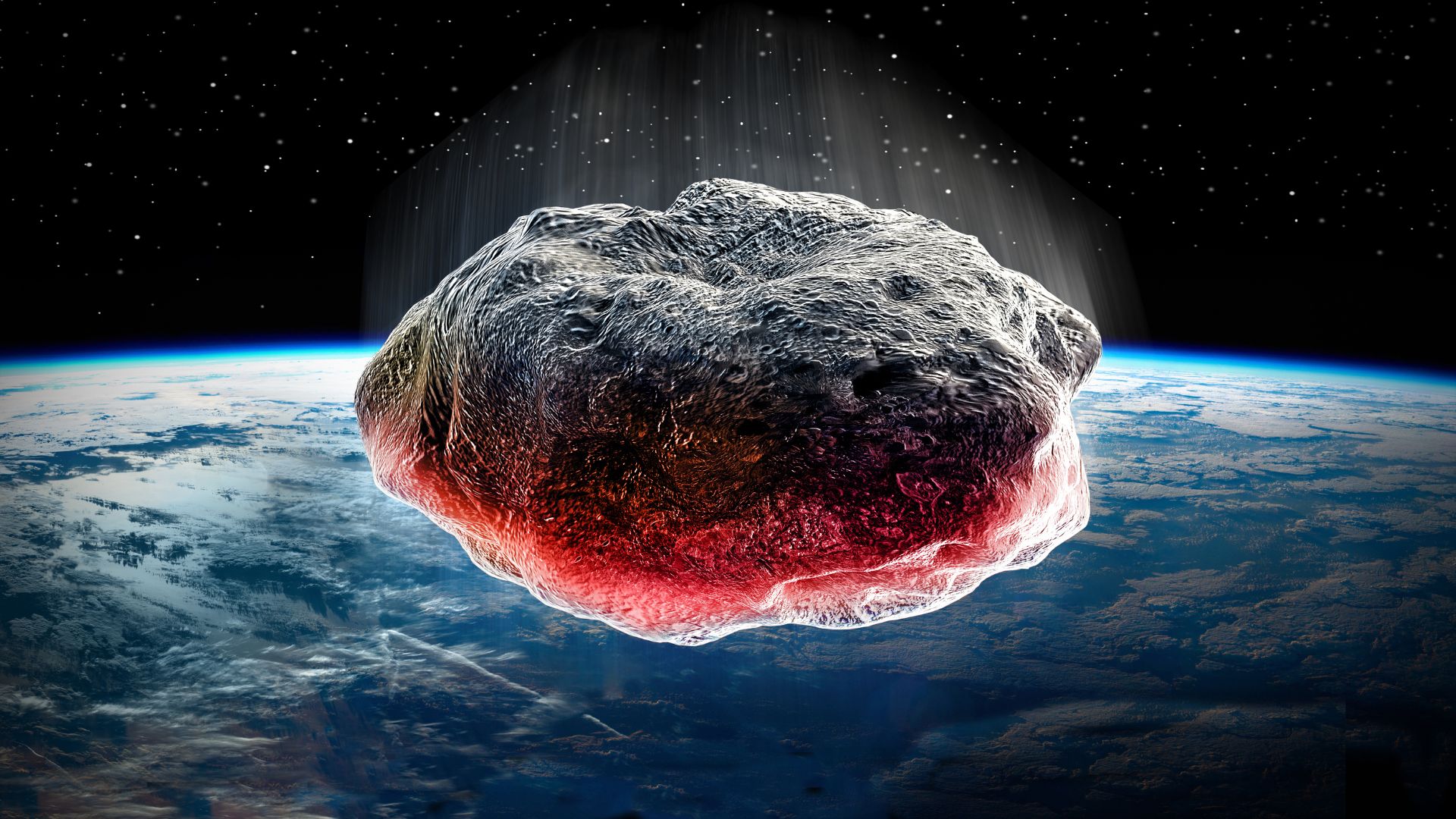
Source: Canva
Bill Cooke from NASA’s Meteoroid Environments Office explained that the fireball was first sighted 49 miles above Upper Bay, traveling at 34,000 miles per hour.
Witnesses Report the Spectacle
Eyewitness Judah Bergman, working in Lakewood, described seeing the fireball shoot across the sky. “It was long and really, really fast,” he said.
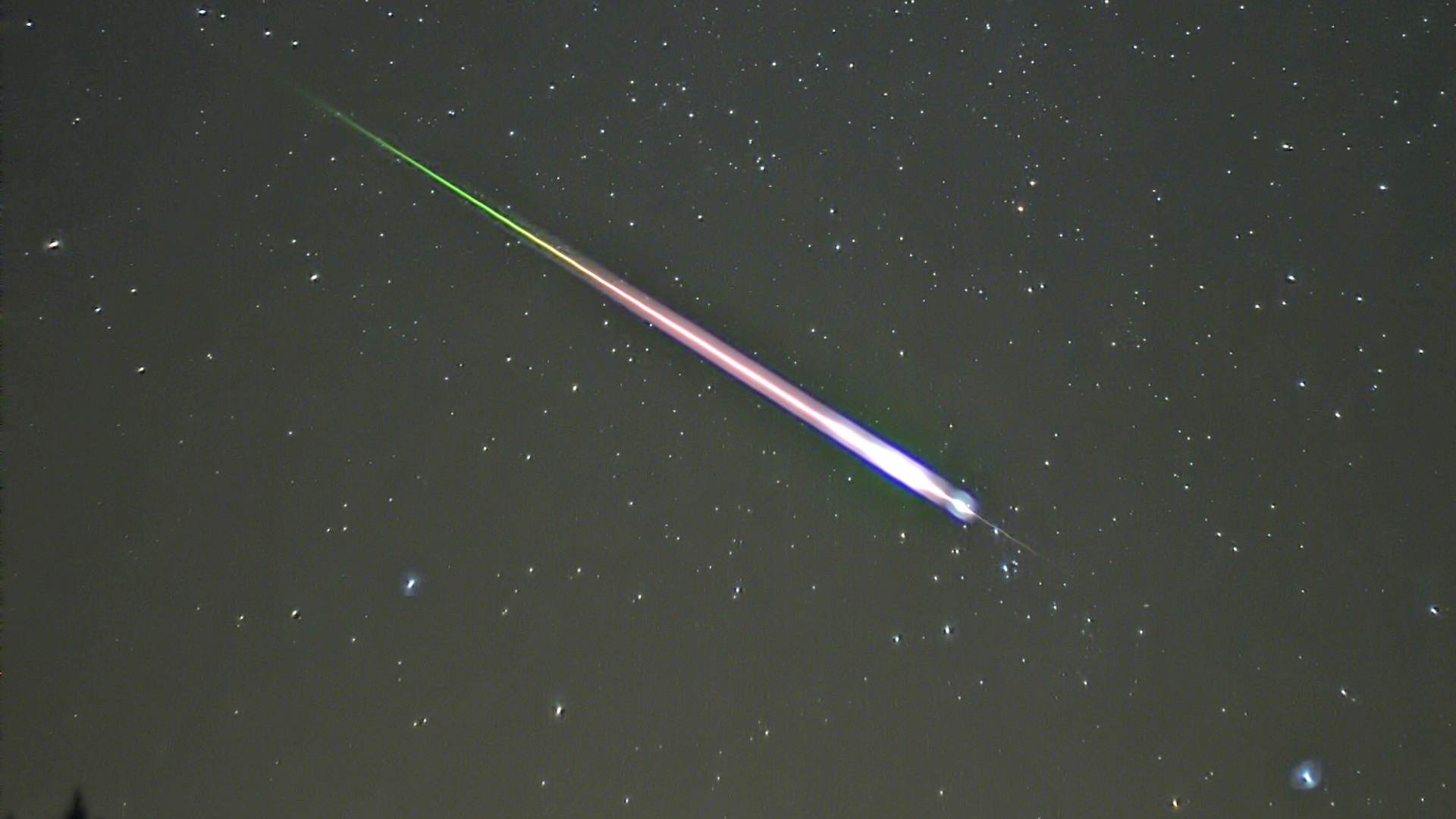
The sight of a flaming rod flying through the sky was both rare and spectacular, capturing the attention of many.
Sound Waves Travel Further in Warm Air
WABC-TV’s Chief Meteorologist Lee Goldberg explained that the high temperatures on Tuesday morning helped the sound travel.
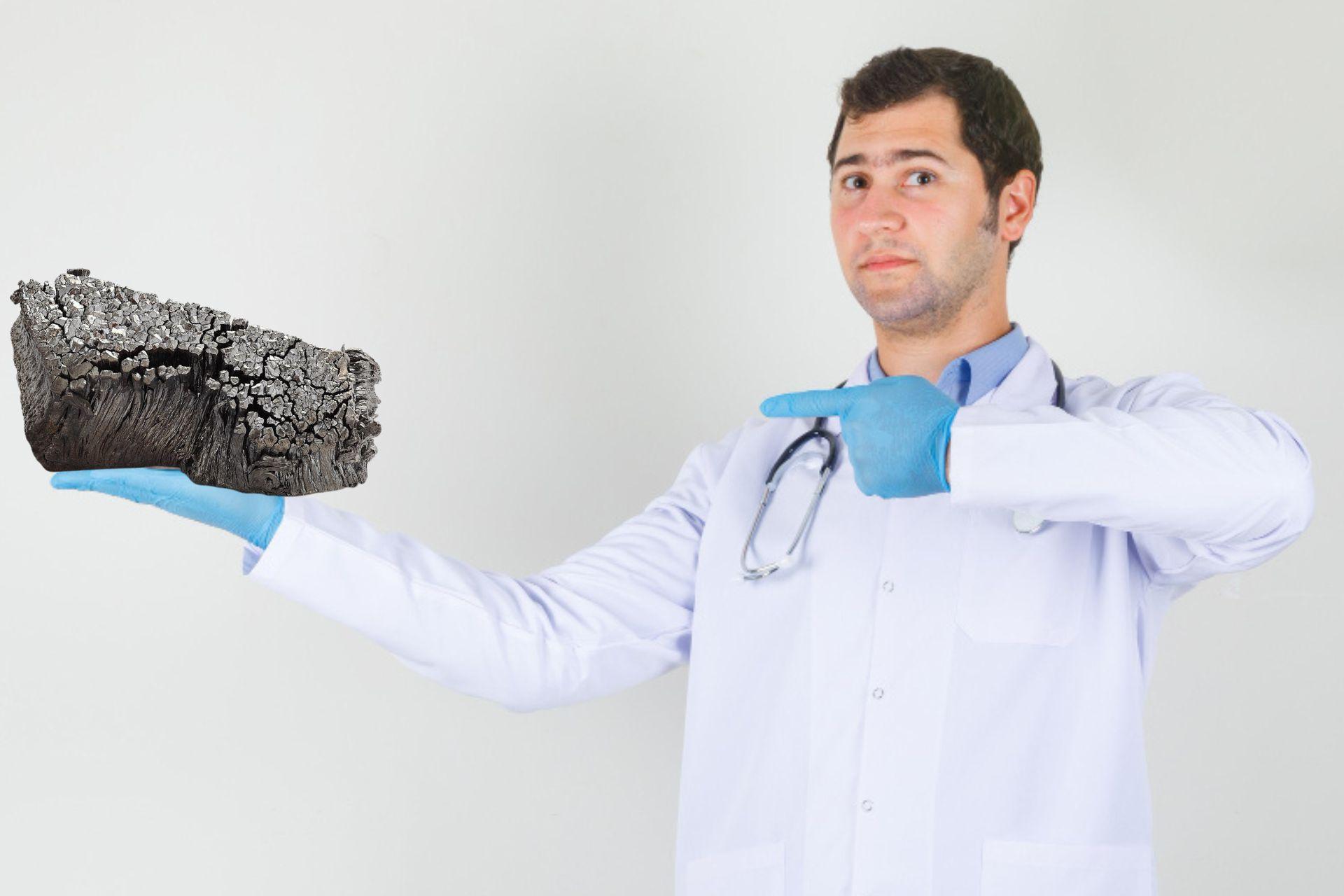
Source: Wikimedia/Freepik
A tiny inversion where temperature increases with height may have made the sound louder and travel further, contributing to the widespread reports of the boom.
Fireball Sightings and Data
The American Meteor Society listed at least 20 possible sightings of the fireball between 11:16 and 11:20 a.m.

Source: iStock
The meteor descended at a steep angle of 18 degrees from vertical, creating a rare daylight fireball event.
Heat and Speed: Meteor Characteristics
The meteor, about a foot across, was traveling at 34,000 miles per hour.
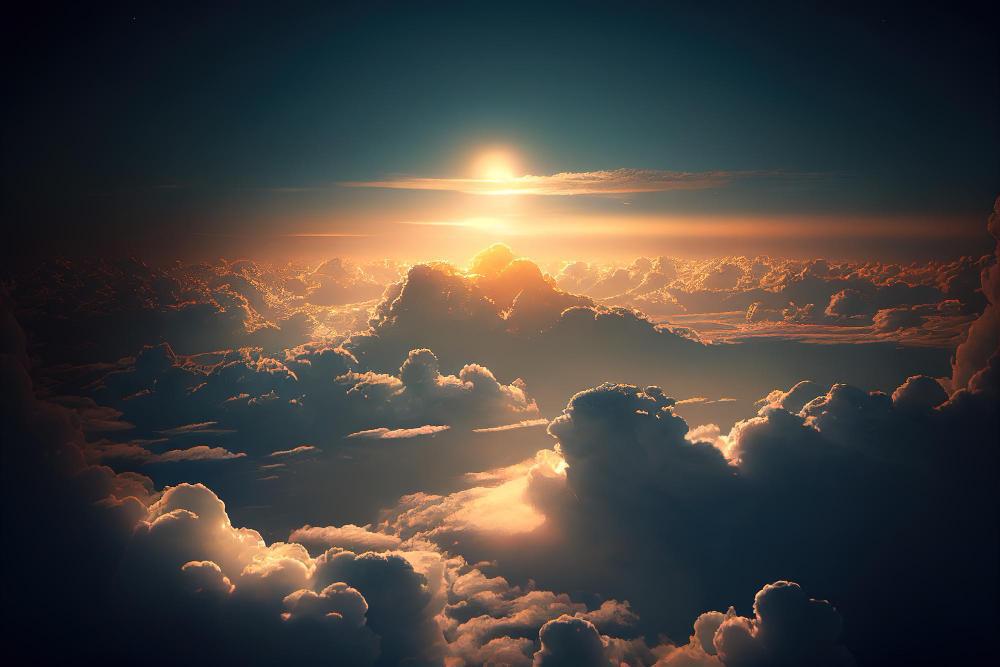
Source: Freepik
Cooke noted, “Something moving that fast heats up.” The intense speed and friction with the atmosphere caused the meteor to disintegrate, creating the fireball and subsequent loud boom.
The Mystery of the Boom
While the fireball’s disintegration likely caused the boom, Cooke mentioned that simultaneous military activities in New Jersey might have also contributed to the noise.

Source: KamranAydinov, Freepik
This overlap made it difficult to pinpoint the exact source of the loud sound heard by many.
Impact on Local Residents
Residents like Steven Bradley from Park Ridge experienced the boom and subsequent tremble of their houses.
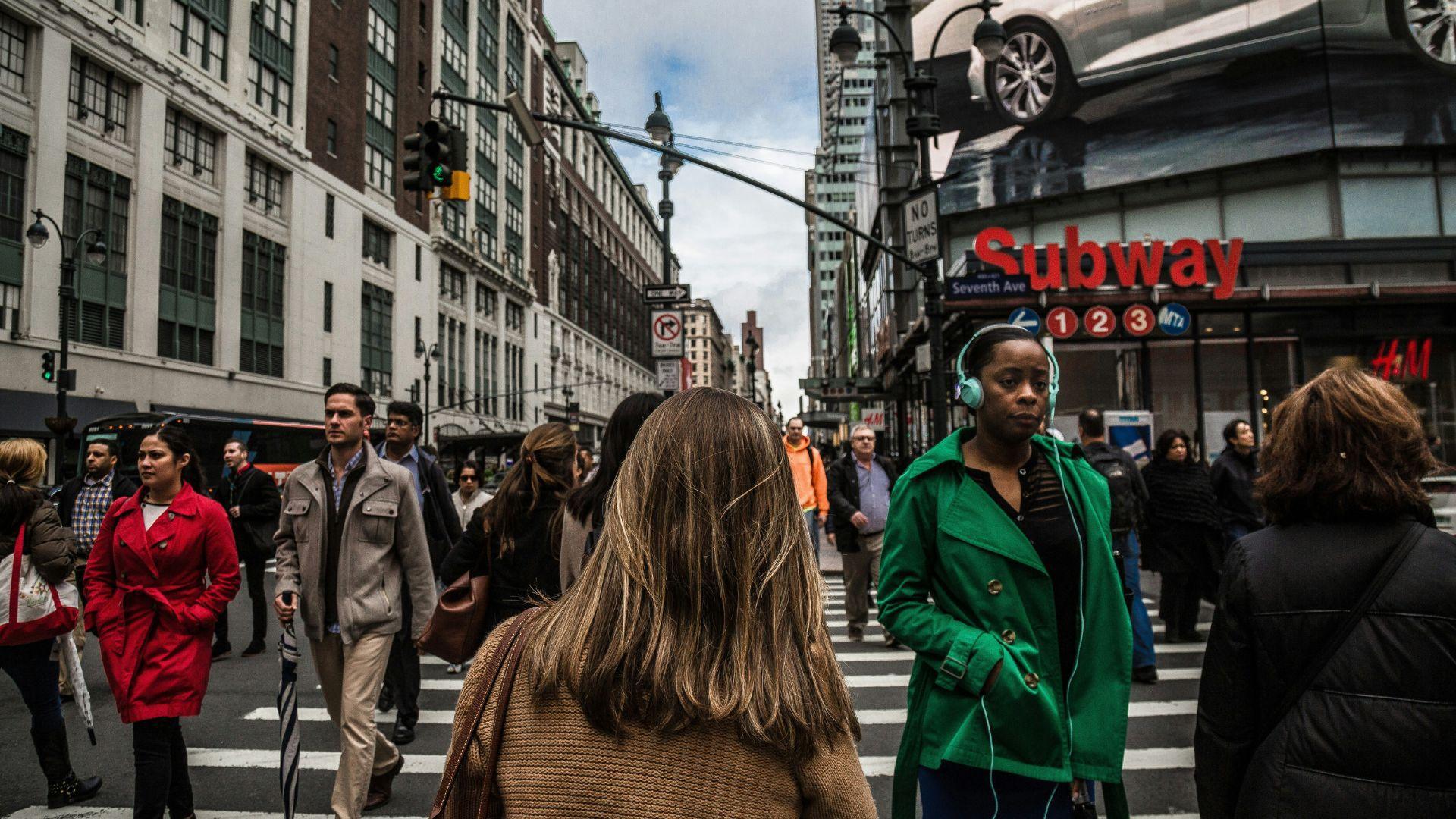
Source: Christopher Burns/Unsplash
Bradley recalled, “Less than a second after that, there was a tremble of the house as if something had hit my roof,” a sensation strong enough to, understandably, scare his pets.
Emergency Management Response
The New York City Emergency Management Department received no reports of damage or injuries related to the event.

Source: Wikimedia
However, they coordinated with NASA to ensure accurate information was disseminated to the public, highlighting the importance of understanding such occurrences.
Understanding Daylight Fireballs
Daylight fireballs, like the one seen on Tuesday, are rare. Most meteors are spotted at night when the sky is darker, making this event particularly unusual and noteworthy.

Source: DC Studio, Freepik
Such events provide interesting insights into meteor behavior and atmospheric interactions.
Community Reactions
Local New Yorkers were both fascinated and startled by the event, rightfully so.
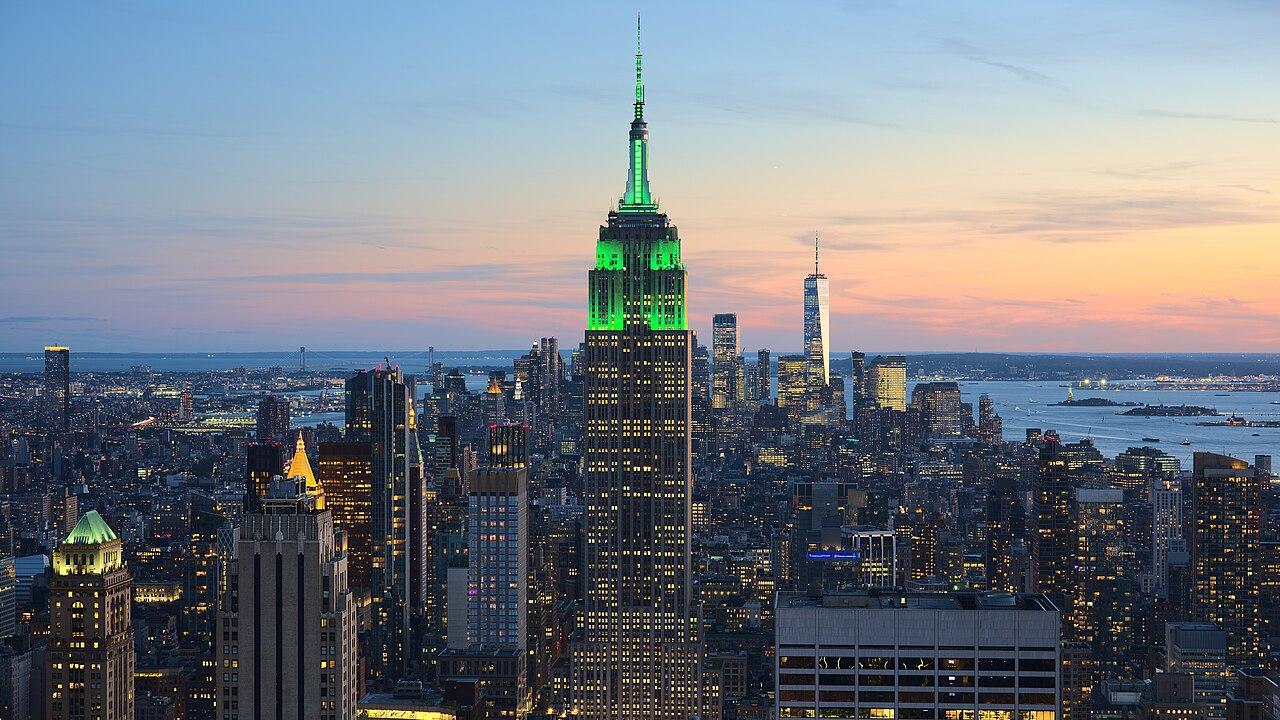
Source: Wikimedia
The combination of visual spectacle and loud boom created a memorable morning for many.
Appreciating Science Behind the Spectacle
Understanding the science behind meteor events helps demystify the phenomena.
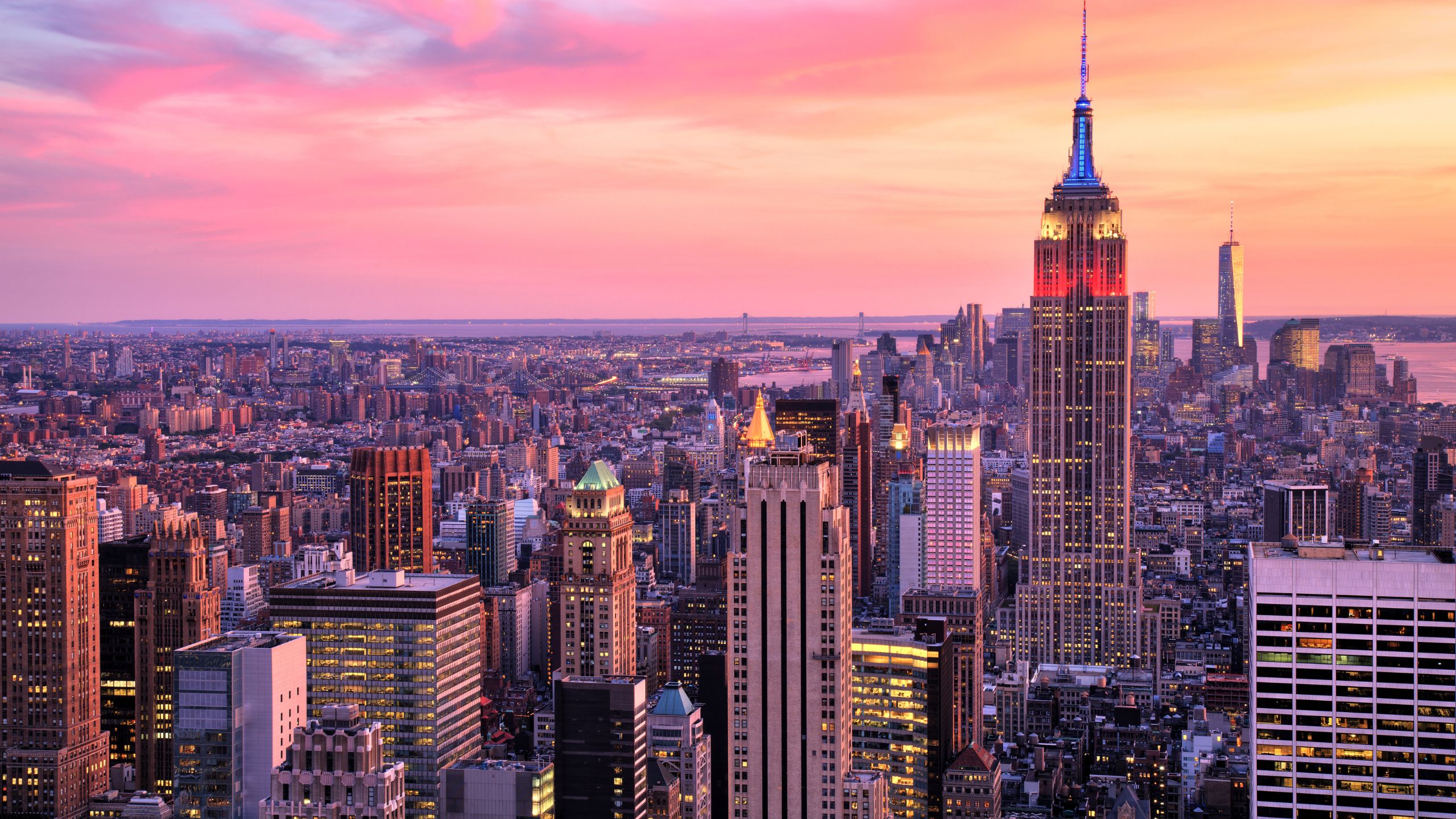
Source: Canva
From the speed and heat of the meteor to the role of atmospheric conditions in sound travel, these details enrich our knowledge and appreciation of the natural world’s wonders, without having to live through a real-life movie like Armageddon.
